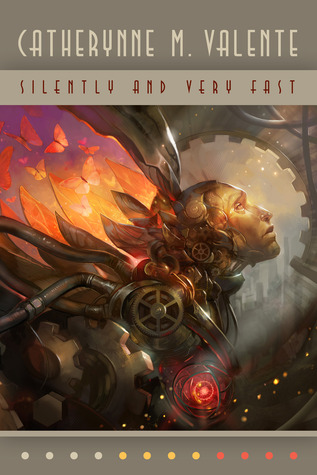
The quantified self (QS) movement advertises itself as a way for individuals interested in tracking their daily lives to use sensors and computing technology to monitor their activities, whether those activities involve biological processes or social actions, to better understand the their habits and improve upon them. The tracking and use of personal data through proprietary sensing and software platforms is generally accepted as part of the benign “datification” of everyday life. These services span almost every activity, from making grocery shopping more efficient (Grocery IQ) to monitoring levels of physical activity (Fitbit). Many authors have made insightful criticisms and observations about the contemporary datification landscape as a system. Notably, Frank Pasquale, in The Black Box Society, writes about the increase of commercialization and the sale of users’ data, their “digital reputation,” in the opaque world of the data-as-insight industrial complex. This is a valuable systemic critique, yet I am more interested in the personal effects of self-quantification. I argue that the use of self-monitoring and tracking technologies can create anxiety around the data capturing process. Tracking technologies create an ordering of people and experiences that discourages moments which are not easily quantified. more...








